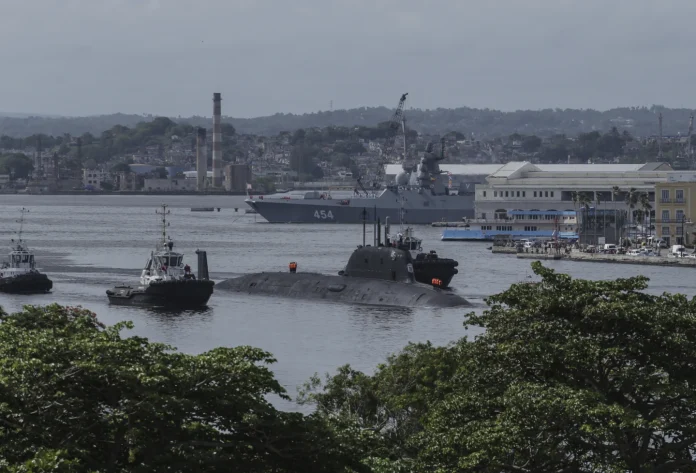Russian warships that entered the Cuban port of Havana left the country after a five-day visit, leaving trail of tension.
The Admiral Gorshkov frigate, a rescue tug, a fuel ship, and the Kazan nuclear-powered submarine entered Havana harbour last Wednesday, 12 June.
Cuban President Miguel Díaz-Canel visited the frigate capable of launching hypersonic missiles on Sunday. The missiles can fly at speeds of more than 6,000 miles (9,656 kilometres) per hour.
It is the expression of the solid and historical ties of friendship, brotherhood and cooperation that exist between our people, governments and Armed Forces.
Both the Cuban and US defence ministries stated that the ships did not pose “a threat to the region.” However, the Pentagon sent its own nuclear-powered submarine to the US Navy base at Guantanamo Bay, about 500 miles (804 kilometres) southeast of where the Russian ships were stationed.
Cuba’s Vice Foreign Minister Carlos Fernández de Cossio said the Cuban government disagreed with the arrival of the US submarine.
Naval visits to a country are usually the result of an invitation, and this was not the case. We do not like the presence in our territory (of a submarine) belonging to a power that maintains an official and practical policy that is hostile against Cuba.
Cuba and Russia stated that the operation to bring in the Russian warships “corresponds to the historical relations of friendship” between the two countries and took place within the “framework of international co-operation.”
Russia’s actions came at a particularly tense period between Washington and Moscow, weeks after US President Joe Biden agreed to allow Ukraine to strike Russian territory with US weapons.
